Oriented Strand Board, or OSB, is a super popular building material. You see it everywhere in construction. But a big question many folks, especially those in the building trade like my friend Mark Thompson from the USA, ask is: "How long will OSB last if it's left exposed outside?" It's a great question! Understanding this is key to avoiding costly mistakes and ensuring your structures are sound. As Allen, from a factory specializing in engineered wood products like OSB, I've seen a lot. I want to share some real-world insights into what happens when OSB faces the great outdoors and how you can best protect your investment. This article will dive deep into the durability of OSB exposed to weather, what makes it (or doesn't make it) waterproof, and practical steps to extend its life.
Understanding OSB: What Is It and Why Is It So Common?
So, what exactly is OSB? Think of it as a high-tech wood panel. Oriented Strand Board is an engineered wood product made by compressing layers of wood strands (flakes) with waterproof adhesive – typically a resin binder. The "oriented" part is important; these strands are arranged in specific directions in layers, which gives the panel its strength and rigidity, much like plywood. It's a cost-effective and structural alternative to plywood for many applications, which is why it’s a go-to for sheathing in walls, floors, and roof decking.
At Jsylvl, we produce a lot of OSB, and quality control is paramount. The type of wood, the size and orientation of the strands, and especially the quality and amount of adhesive used, all play huge roles in the final panel's performance. While OSB is designed to be strong and consistent, its relationship with moisture is something every builder and procurement officer needs to understand thoroughly. It's engineered for strength, but its water-resistant properties have limits, especially with prolonged exposure.
Is OSB Inherently Waterproof? The Hard Truth About Moisture Exposure
This is probably the most critical question: Is OSB waterproof? The straightforward answer is no, not inherently. While manufacturing processes include waxes and resins that provide some moisture resistance, OSB is not designed to be a permanent waterproof barrier on its own. Think of it more as water-resistant. It can handle some incidental moisture – a bit of rain during construction, for example – but continuous or significant exposure will lead to problems.
When OSB gets wet, the wood strands absorb moisture. This can cause the panel to swell, particularly at the edge. If it repeatedly gets wet and dries, or stays damp, the integrity of the board can be compromised. The adhesive can weaken, leading to delamination (where the layers separate), and the board can lose its structural property. This is a major concern for buyers like Mark, who need reliable materials for their projects. Ensuring the OSB you source meets quality standards for resin content and pressing is the first step in managing moisture-related risks. You can explore various OSB board options, like our 18mm OSB board, which are manufactured with these considerations in mind.
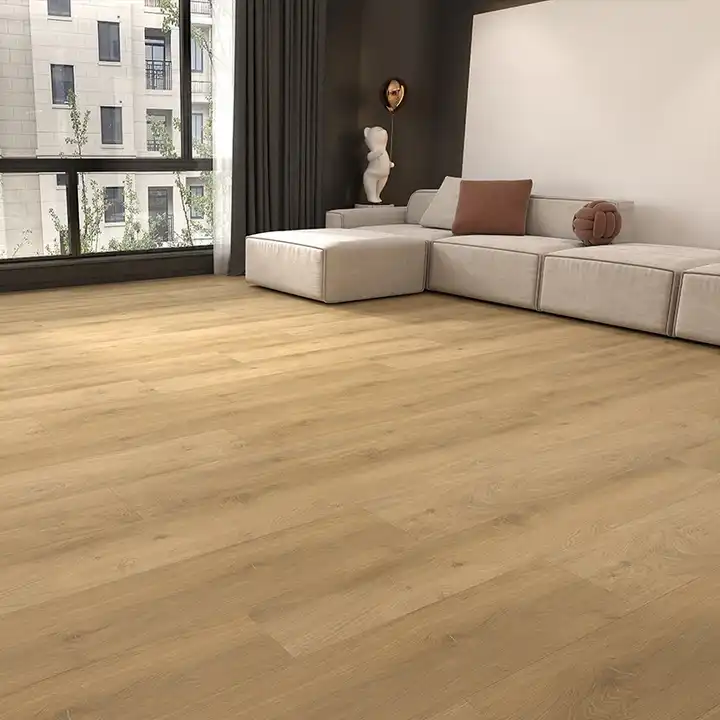
How Long Can Standard OSB Really Be Left Exposed During Construction?
Most standard OSB panels used for sheathing come with an "Exposure 1" rating. What does this mean? An Exposure 1 panel is designed to withstand normal exposure to moisture and weather during typical construction delays. This rating implies that the glue used in the OSB won't degrade if the panels get wet intermittently. So, if your OSB roof decking or wall sheathing gets rained on a few times before the primary roofing material or siding is installed, it should be okay, provided it's allowed to dry out properly.
However, "normal construction delays" is a bit vague. Generally, manufacturers suggest this time frame shouldn't exceed a few months, maybe up to 6 months under ideal (meaning mostly dry) conditions. If OSB exposed is going to see a lot of rain, snow, or high humidity for an extended period without being covered, you're pushing its limits. The key is to minimize the duration and intensity of weather exposure. We always advise our clients to get the OSB covered by the final weather-resistant barrier (like housewrap, siding, or roofing felt) as quickly as possible to maintain its structural integrity and prevent issues down the line.
What Are the Consequences of Prolonged OSB Exposure to Weather?
Leaving OSB exposed to the elements for too long, or in very harsh weather conditions, can lead to a host of problems. The most common issue is swelling. As wood fibers absorb water, they expand. This is often most noticeable at the edge of the OSB panels, which can become thicker than the center. This swelling can be permanent and can affect the fit of subsequent layers like siding or shingles.
Beyond swelling, prolonged moisture exposure can lead to:
- Delamination: The layers of wood strands can start to separate as the adhesive weakens.
- Loss of Strength: Saturated OSB loses a significant portion of its structural capacity. Even after drying, it may not fully recover its original strength.
- Mold and Mildew Growth: Damp wood is an ideal breeding ground for mold and mildew, which can cause health problems and further degrade the material.
- Freeze-Thaw Damage: In colder climates, water absorbed into the OSB can freeze and expand, further breaking down the internal structure of the panel.
These issues are precisely what procurement officers like Mark are keen to avoid, as they lead to callbacks, repairs, and damaged reputations. The lifespan of OSB dramatically shortens with such exposure.
Can You Use OSB for Permanent Outdoor Applications?
Generally, standard OSB is not recommended for permanent, unprotected outdoor applications. If you're thinking of using OSB for something like a shed wall that won't have siding, or for an outdoor sign without any protective coat, you're likely asking for trouble. It simply isn't designed for exterior use in that way without substantial protection.
However, this doesn't mean OSB can never be part of an exterior assembly. It's commonly used as exterior sheathing under a weather-resistant barrier and siding or brick. It’s also used for roof decking under shingles or other roofing materials. In these application scenarios, the OSB is protected from direct weather exposure. If you absolutely must use OSB in a more exposed situation, it requires meticulous preparation and ongoing regular maintenance, which we'll discuss next. For demanding structural needs, especially where moisture is a persistent concern, products like F17 E14 LVL Structural timber might offer a more robust and durable solution.
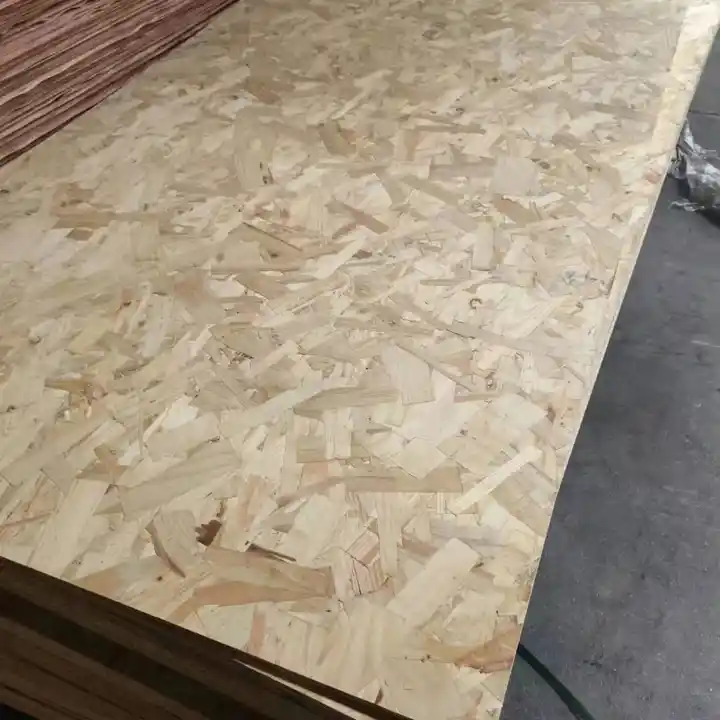
What are the "Exposure 1" and Other OSB Ratings I Should Know About?
We touched on "Exposure 1" earlier. This is a common rating from APA – The Engineered Wood Association. It means the OSB uses a water-resistant adhesive and is intended to resist the effects of moisture due to construction delays. It's crucial to understand that Exposure 1 does not mean waterproof or that the OSB is suitable for permanent outdoor exposure without protection. It's a short-term exposure rate.
There isn't really a widely available "Exterior" grade OSB in the same way there is for plywood (like marine-grade plywood). Most OSB falls under the Exposure 1 category for sheathing. If an application requires a panel that will be permanently exposed to the elements, OSB is usually not the first choice. You might look into pressure-treated plywood, specific exterior-grade composite panels, or other materials specifically designed for that kind of outdoor punishment. The key is matching the panel's rating and inherent properties to the demands of the application.
How Can I Best Protect OSB if It Must Be Left Exposed for a While?
Let's say your construction project hits a snag, and the OSB sheathing will be exposed longer than ideal. What can you do to protect it? The primary goal is to create a barrier against moisture.
- Cover it Up: The simplest solution is to cover the OSB with tarps or plastic sheeting. Ensure these are well-secured and allow for some air circulation to prevent condensation buildup underneath.
- Apply a Primer/Sealer: A good quality exterior wood primer or a specialized water-repellent sealant can offer temporary protection. Focus especially on the edge of the OSB panels, as these are the most vulnerable to water absorption.
- Ensure Proper Drainage: Make sure water can drain away from the OSB and doesn't pool on or around it. This is important for both wall and roof sheathing. Sloping surfaces help, and avoid letting OSB sit directly on the ground.
- Elevate Stored Panels: If you have stacks of OSB on site, keep them elevated off the ground and covered. This prevents them from wicking moisture from below.
Even with these measures, remember they are temporary fixes. The ultimate goal is to get the permanent weather-resistant layers installed as soon as possible to truly protect the OSB.
What are the Top Methods for Sealing and Painting OSB for Enhanced Durability?
If you're aiming to use OSB in a situation where it might see more moisture or you want to extend its lifespan even when covered, proper sealing and painting are key. This is essential for any OSB board last outside strategy.
- Cleaning: Start with a clean, dry OSB surface. Remove any dirt, dust, or grease.
- Priming: This is crucial. OSB's surface can be uneven and porous due to the wood strands and wax content. Use a high-quality exterior wood primer, preferably an oil-based or alkyd primer, as these adhere well to OSB and provide a good seal. Some primers are specifically formulated for engineered woods. Apply at least one, preferably two, coats of primer, ensuring you cover all surfaces, including every edge. The edge is super absorbent.
- Caulking: Seal any gaps, joints, or fastener heads with a high-quality, paintable exterior caulk. This prevents water from seeping into vulnerable areas.
- Painting: Once the primer is fully cured, apply at least two topcoats of good-quality exterior paint (acrylic latex is often recommended for its flexibility and durability). Again, ensure complete coverage. More thin coats are often better than one thick coat.
This multi-layer approach creates a robust barrier against moisture and UV rays from sunlight. Regular inspection and re-application of paint or sealant every few years will be necessary if the OSB is part of a system that sees significant weather exposure. For projects demanding high-performance surfaces like concrete formwork, specialized products such as Phenolic film faced plywood 16mm offer superior moisture resistance and a smooth finish, but for general OSB exposed scenarios, diligent painting is your best bet.
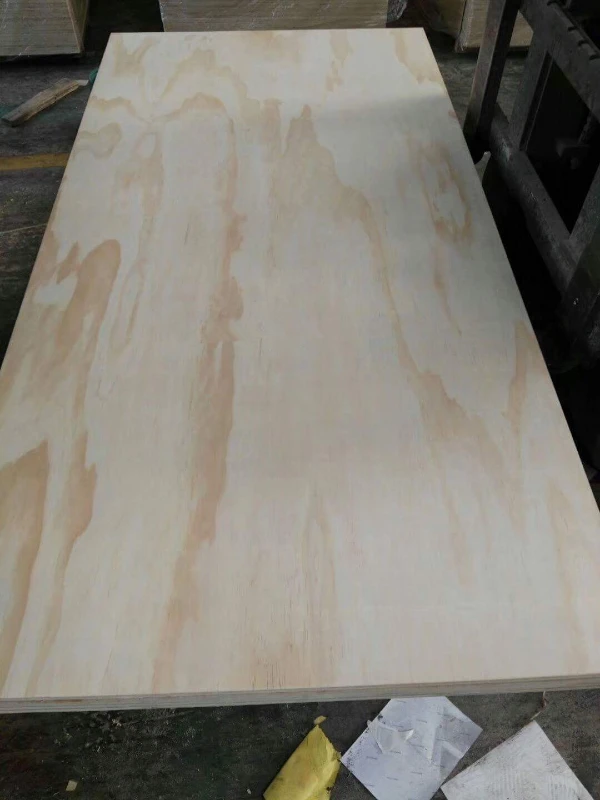
Beyond OSB: Are There More Suitable Alternatives for Long-Term Outdoor Structural Use?
While OSB is a fantastic and versatile structural panel for many applications, if you need something for long-term outdoor use with significant exposure, there might be better-suited materials. As a manufacturer, we, at Jsylvl, offer a range of engineered wood products, and it's about choosing the right tool for the job.
- Pressure-Treated Plywood: Plywood treated with chemical preservatives is designed to resist rot, fungal decay, and insect attack, making it more durable for outdoor applications.
- Marine-Grade Plywood: This is a high-quality plywood made with waterproof glue and is designed to withstand wet conditions. It’s more expensive but very durable.
- Cement Board: For applications like siding underlayment or tile backer in wet areas, cement board is an excellent waterproof and rot-proof option.
- Solid Lumber (Treated): For certain structural elements, pressure-treated solid lumber can be a good choice.
- Exterior-Grade Composite Panels: There are various proprietary composite panels on the market specifically engineered for exterior applications that offer superior weather-resistant properties.
- Formply: If the application involves concrete forming or needs a highly durable, reusable panel with a smooth surface, products like our Formply F17 2400x1200x17mm are designed for such demanding conditions and repeated exposure.
The choice depends on the specific application, budget, and desired durability. For many standard sheathing jobs where the OSB will be properly covered, it remains an excellent and cost-effective choice. But for truly exposed to the elements scenarios, careful consideration of alternatives is wise.
Recognizing the Red Flags: How Do I Know if My Exposed OSB is Failing?
If you have OSB exposed or are concerned about previously exposed OSB, there are tell-tale signs of failure to watch out for. Early detection can save a lot of headaches.
- Swelling and Flaking: As mentioned, edge swelling is a common first sign. You might also see the surface layers starting to flake or peel away.
- Soft Spots or Sponginess: Press on the OSB. If it feels soft, spongy, or crumbles easily, it's a clear indication of moisture damage and decay. The structural integrity is compromised.
- Discoloration: Dark stains, black spots, or greenish patches often indicate mold or mildew growth due to excessive moisture.
- Delamination: You might visibly see the layers of wood strands separating, especially at the edges or corners of the OSB panel.
- Warping or Buckling: If the OSB panels are no longer flat and show signs of warping or buckling, it's often due to uneven moisture absorption and drying.
If you observe any of these signs, it’s important to investigate the source of the moisture and assess the extent of the damage. Damaged OSB may need to be replaced to ensure the safety and durability of the structure. A qualified builder or tradesperson can help make this determination. Ignoring these signs means the untreated OSB (or poorly treated) may last for a much shorter time frame than anticipated.
The Sun's Impact: Does Sunlight Affect OSB Even if Kept Dry?
While moisture is the primary enemy of exposed OSB, prolonged exposure to direct sunlight and its UV rays can also have a detrimental affect. Even if the OSB stays relatively dry, UV rays can degrade the surface layers of wood fibers and the resin binders over time.
This degradation can lead to:
- Surface Fading and Discoloration: The OSB may take on a bleached or greyish appearance.
- Increased Porosity: The surface can become more porous, making it more susceptible to moisture absorption if it does get wet later.
- Reduced Paint Adhesion: If you plan to paint the OSB after prolonged sunlight exposure, the degraded surface might not hold paint as well. Light sanding might be required.
While the impact of sunlight alone is generally less severe and slower than moisture damage, it's another reason why it's best to get OSB sheathing covered by its final protective layers (siding, roofing, housewrap) as soon as the construction schedule allows. This helps prolong the lifespan of OSB.
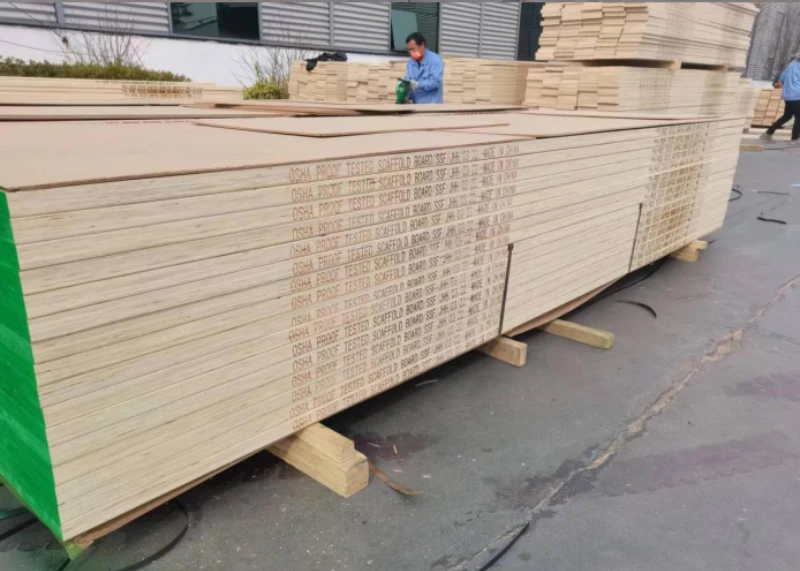
Construction Details Matter: How Proper Installation Protects OSB
Beyond just the OSB panel itself, how it's installed and the surrounding construction details play a huge role in its long-term performance, especially concerning moisture management. Even the best OSB can fail if installation practices are poor.
- Water-Resistive Barrier (WRB): Always use a quality WRB, like housewrap, over OSB wall sheathing. It should be properly lapped and sealed at seams and openings to create a continuous barrier against water intrusion.
- Flashing: Proper flashing around windows, doors, and other penetrations is critical. This directs water away from the OSB sheathing and prevents it from getting into the wall assembly.
- Roof Underlayment and Overhangs: For roof sheathing, a good quality roofing underlayment is essential. Adequate roof overhangs also help protect the walls and the OSB sheathing from direct rain.
- Proper Drainage: Ensure the site has good proper drainage to prevent water from accumulating around the foundation and wicking up into the walls.
- Ventilation: In some assemblies, proper ventilation (e.g., in attics or crawl spaces) can help manage moisture levels and allow any incidental moisture in the OSB to dry out.
- Sealing Joints: While Exposure 1 OSB is designed for some exposure, sealing panel edge joints in certain outdoor applications or before applying stucco or similar finishes can provide an extra layer of protection.
Attention to these details during the installation phase is crucial for the long-term durability of any structure using OSB. As a supplier, we at Jsylvl emphasize that our high-quality engineered wood products perform best when incorporated into well-designed and correctly executed building systems. There's a lot to consider to ensure OSB can last for years without problems.
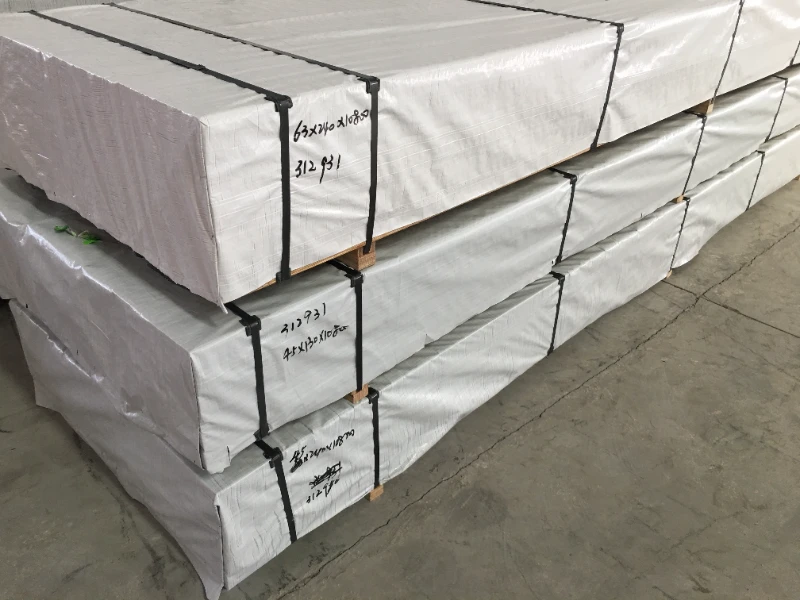
Key Takeaways on OSB and Outdoor Exposure:
- OSB is Not Inherently Waterproof: It's water-resistant due to resins and wax in its composition, but prolonged or heavy exposure to moisture will cause damage like swelling and delamination.
- "Exposure 1" Rating: This common rating means OSB can withstand temporary weather exposure (e.g., a few weeks to 6 months, ideally less) during typical construction delays, provided it can dry.
- Protection is Paramount for Longevity: If OSB must be left exposed longer, or for any permanent outdoor use, it must be thoroughly protected. This involves priming all surfaces (especially every edge), caulking joints, and applying multiple coats of high-quality exterior paint or sealant.
- Consequences of Neglect: Unprotected or inadequately protected OSB exposed to weather will swell, lose structural strength, delaminate, and become susceptible to mold.
- Cover Quickly: The best practice is always to cover OSB sheathing with the final weather-resistant layers (siding, roofing, housewrap) as soon as possible.
- Sunlight (UV Rays) Also Degrades OSB: Even if kept dry, long-term sunlight exposure can damage the surface of OSB.
- Proper Installation is Crucial: Details like water-resistive barriers, flashing, and proper drainage are vital to protect OSB within a building assembly.
- Consider Alternatives for Harsh Exposure: For applications with constant, direct outdoor exposure, materials like pressure-treated plywood, marine-grade plywood, or specialized exterior panels might be more suitable than standard OSB.
Understanding these points will help you make informed decisions when working with OSB, ensuring your projects are both durable and cost-effective. As your partner in building materials, we at Jsylvl are always ready to provide the best quality OSB and advice for your specific needs.
Post time: May-13-2025




